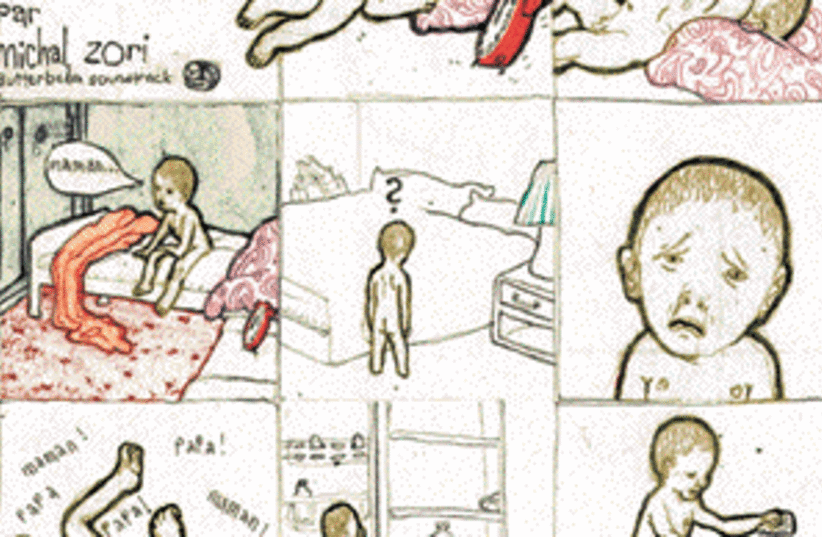| More about: | Michael Chabon, Yedioth Ahronoth, Jerry Siegel, Joe Shuster |
Thinking outside the (dialogue) box
Israeli comic book artists try to make a name - and a living - for themselves.


| More about: | Michael Chabon, Yedioth Ahronoth, Jerry Siegel, Joe Shuster |